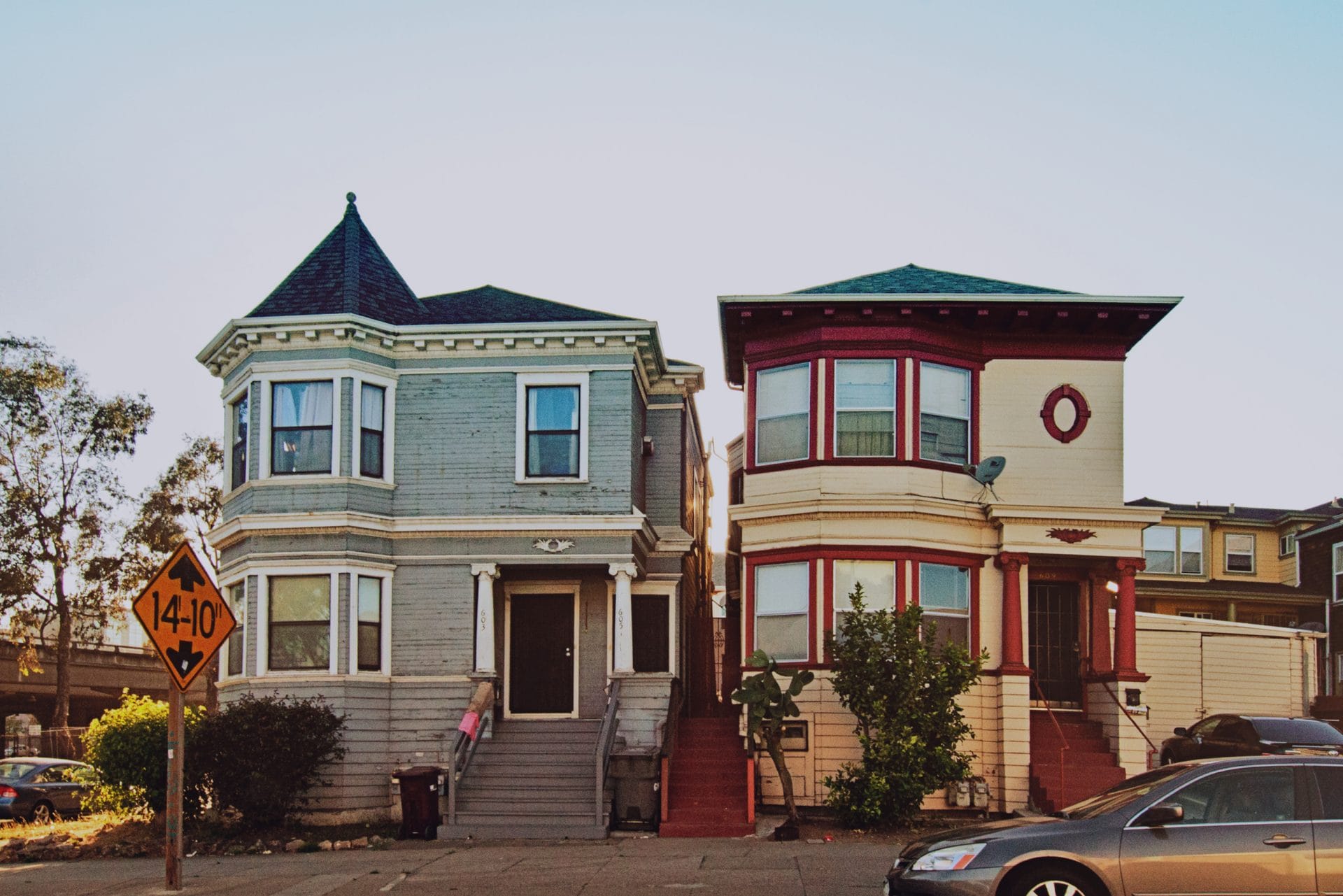
How Oakland Cut Homicides In Half
Oakland used to be one of the deadliest cities in America. Today, it’s a model for other cities struggling with gun violence.
Nowhere is America’s gun violence crisis more evident than in our cities, particularly underserved communities of color. The good news is that urban gun violence is preventable, and Oakland shows us how.
By rejecting conventional wisdom and instead developing a focused strategy built around data, collaboration, and leadership from local community groups, Oakland cut homicides in half since 2012, bucking the trend in other big cities. In 2018 the city recorded its lowest number of homicides in almost two decades.


We examine this success story—and what other cities can learn from it—in our new report, A Case Study in Hope: Lessons from Oakland’s Remarkable Reduction in Gun Violence . It’s the third installment in our series of reports on tackling the gun violence crisis in our cities, produced by experts at Giffords Law Center and our partners Faith in Action and the Black and Brown Gun Violence Prevention Consortium.
Here are three lessons from Oakland’s success.
1. Follow the data.
For years, Oakland had been synonymous with gun violence. And for just as long, Oakland focused its violence reduction work on the wrong people and places. The accepted view among community members, law enforcement, and city leaders was that violence was driven by large numbers of young people engaged in conflicts over drugs. But when the city conducted an in-depth problem analysis with the help of California Partnership for Safe Communities, the data told a different story. Just 400 individuals—less than 0.1 percent of the city’s population—were responsible for the vast majority of shootings, and those shootings were highly concentrated in a handful of neighborhoods. The average age of perpetrators and victims was closer to 30, much older than expected, and most shootings were related to gangs or groups—not drugs.

2. Intervene early.
The knowledge gained from this data empowered Oakland city leaders to more effectively focus their resources. Rather than waiting for violence to occur, teams of community members, law enforcement officers, and social service providers contacted high-risk individuals and delivered a message that the shooting must stop. At the same time, they offered job placement, legal help, counseling, and other support designed to address root causes of violence through a network of social service providers funded by Oakland Unite, a city agency. The city’s gun violence reduction strategy, known as Oakland Ceasefire, relies on building relationships with high-risk individuals, improving interactions between the police and the community, and taking steps to institutionalize these reforms by working with technical assistance providers, securing long-term funding, and hiring dedicated staff.
3. It takes a village.

Oakland’s Ceasefire strategy involves a network of community-based organizations, law enforcement, and city leaders all coordinating around one goal: reducing serious violence.
- Law Enforcement: The Oakland Police Department established a new unit, called the Ceasefire Section, that uses intelligence-led policing to respond to incidents of serious violence. The department also invested time and effort into building up trust with the community, which has historically had a strained relationship with police, through training in procedural justice and reforms guided by community input.
- City Leaders: City leaders in Oakland built an intentional management structure designed to facilitate regular communication with partners in order to stay on top of changing violence dynamics and track progress toward yearly violence reduction goals. To be successful, a strategy like Oakland Ceasefire needs buy-in from the mayor and other political leaders, as well as dedicated funding sources. In Oakland, social services for the city’s high-risk population were funded through two voter-approved ballot initiatives, one in 2004 and another in 2014.
- Community Members: Sustained progress in Oakland would not have been possible without the tireless efforts of community members who insisted the city take action to address serious violence. A broad coalition of stakeholders, including faith leaders and staff and leadership from community-based service providers, advocated for the faithful implementation of Oakland Ceasefire by knocking on doors, phone-banking, and showing up at neighborhood forums.
Oakland is a case study in hope.
In 2017, more than 14,500 Americans were fatally shot by another person, and tens of thousands more were injured in a shooting. While most large cities have seen violence increase in recent years, Oakland proves the opposite is possible.
Oakland’s progress is nothing short of remarkable—but it was no miracle. Other cities across the country can achieve similarly remarkable reductions in violence—they just need the political will, resources, and tools to do so.
We hope that many more cities will be inspired by Oakland’s journey and use this report as a starting point and a roadmap for leveraging the power of partnership to address serious violence. When it comes to breaking the cycle of violence in our most impacted cities and
communities, we don’t have a moment to lose.
LEARN MORE
A Case Study in Hope: Lessons from Oakland’s Remarkable Reduction in Gun Violence.
READ THE REPORT